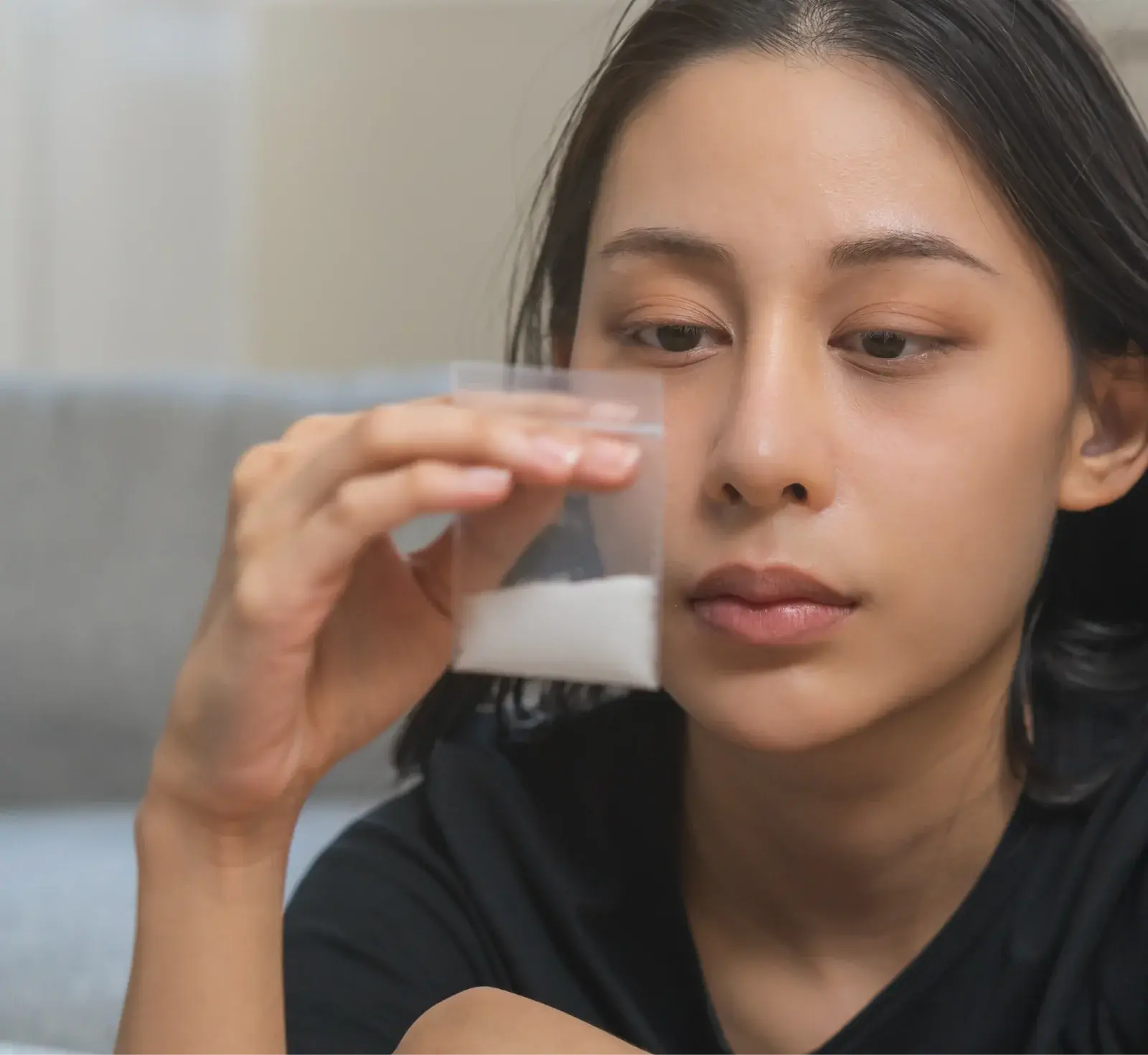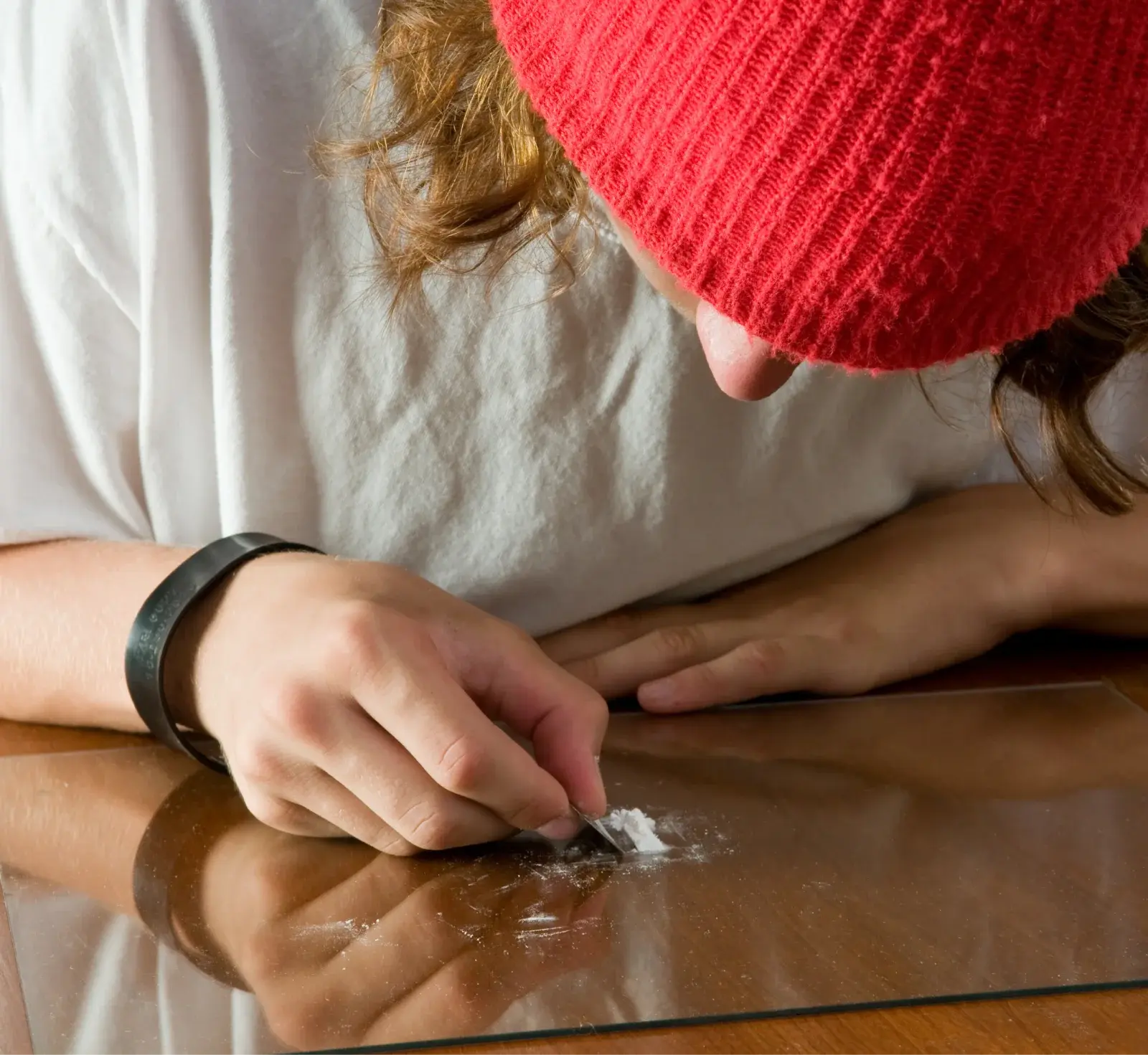- Drug and Alcohol
Court approved hair, nail, blood drug and alcohol testing - Maternity and Paternity
Ministry of Justice approved legal DNA testing - Wider Relationships
Understanding second and third degree familial connections - Immigration
Home Office approved testing for visas and passports - Expert Services
Court standard expert witness reporting - International DNA Collection
Home Office approved DNA collection from overseas
WEBINAR
Definitive Cocaine Consumption Marker, Discover Hydroxycocaine!
Join us for a CPD webinar that provides a comprehensive overview of the most challenging topics in the family court, consumption vs contamination of cocaine. We will explore hydroxycocaine, its scientific significance, and its role in ensuring reliable and accurate interpretations in legal and professional contexts.
On Demand
Duration: 45 mins
Audience
Family Lawyers
Local Authorities

Understanding Hydroxycocaine in Hair Drug Testing
Whether you're a public law solicitor, private solicitor, or a member of social services, this CPD will address one of the most debated questions in hair drug testing: "Cocaine was not consumed; it was positive due to passive and external contamination."
When it comes to hair testing, distinguishing between active cocaine use and external contamination is crucial. Hydroxycocaine, a key metabolite of cocaine, is essential for this differentiation. Unlike cocaine, which can adhere to hair through environmental exposure, hydroxycocaine is only produced when cocaine is metabolised in the body. This makes it a reliable marker of active drug use, offering clarity beyond the detection of cocaine alone.
Case Reference: K (Threshold - Cocaine Ingestion - Failure to Give Evidence) [2020] EWHC 2502 (Fam) (29 September 2020)
In this CPD, we’ll explore cases like K (2020) to highlight the advantages of using hydroxycocaine in distinguishing between contamination and consumption.

Understanding Hydroxycocaine in Hair Testing:
Learn how hydroxycocaine, a definitive metabolite, distinguishes active cocaine use from environmental contamination.
Expert Insights and Case Study Analysis:
Explore key cases like K (Threshold - Cocaine Ingestion - Failure to Give Evidence) [2020] EWHC 2502 (Fam) to understand the role of metabolite-based testing.
Legal and Practical Applications:
See how hydroxycocaine analysis provides robust evidence in family law and legal contexts.
CPD Opportunity:
Earn CPD points while gaining practical knowledge directly applicable to drug testing evidence.
Q&A Session:
Get answers to your specific questions on hair drug testing and its application in legal cases.
Certificate of Attendance:
Receive a certificate upon completing the webinar on cocaine consumption versus contamination.




